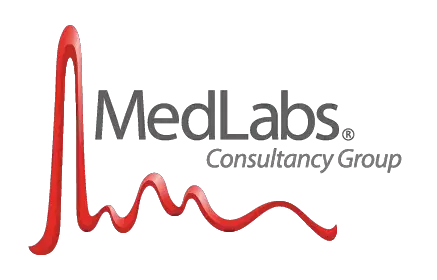MedLabs has a unique culture, spirit and atmosphere of group practice, where laboratory service providers do their best through knowledge sharing and excellence performance. I consider myself lucky to have had the opportunity to join MedLabs where I have gained excellent expertise and enjoyed a caring, healthy working environment. Always proud to be one of MedLabs knowledge builders and providers.





